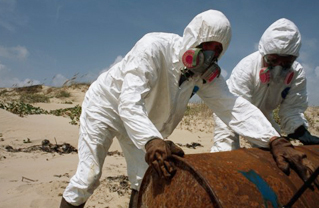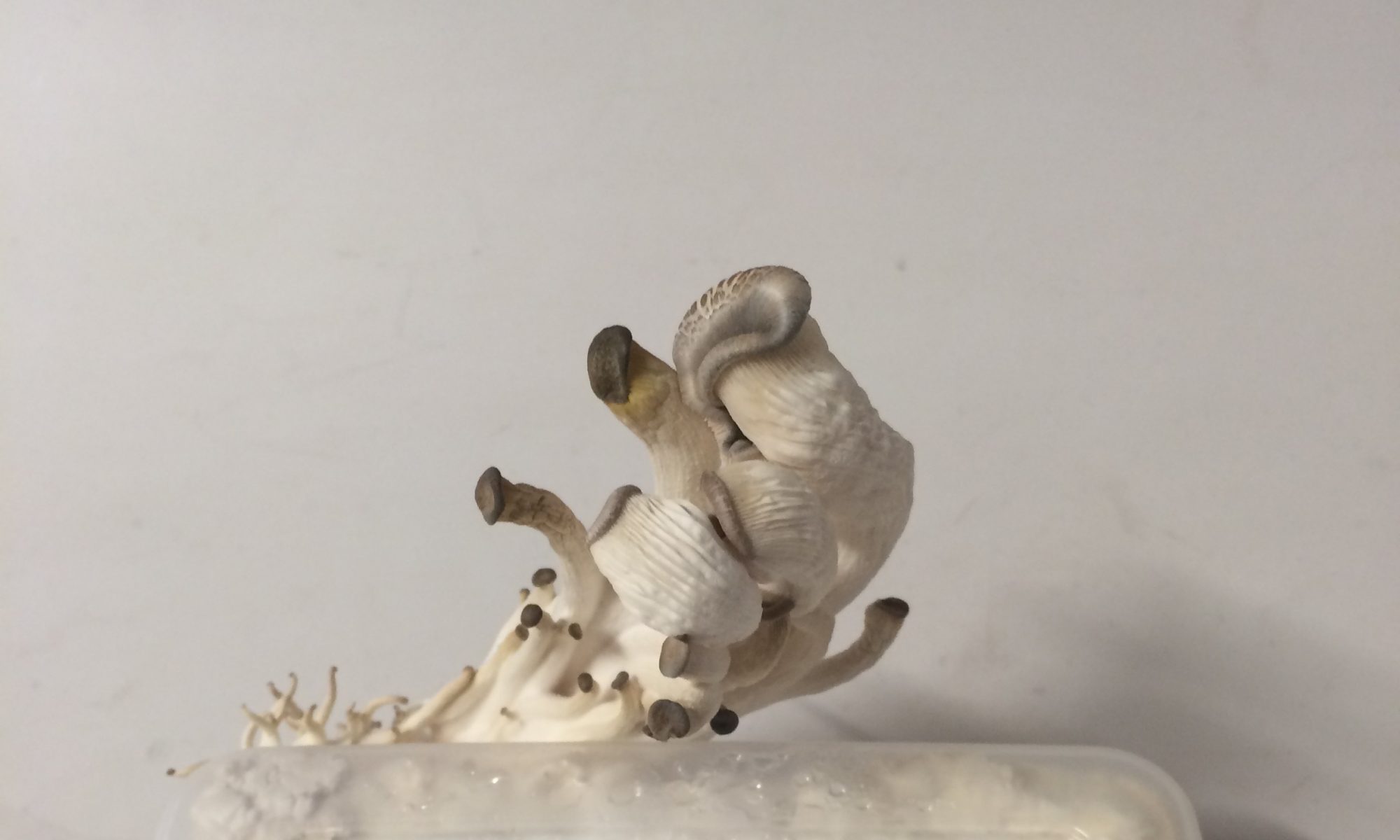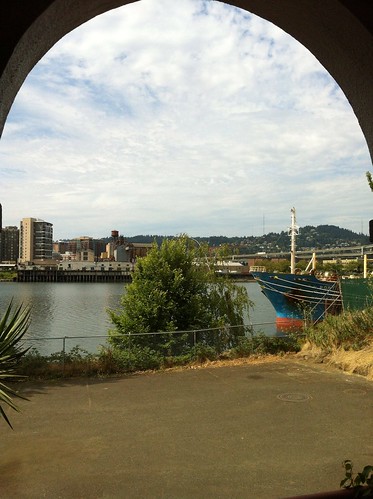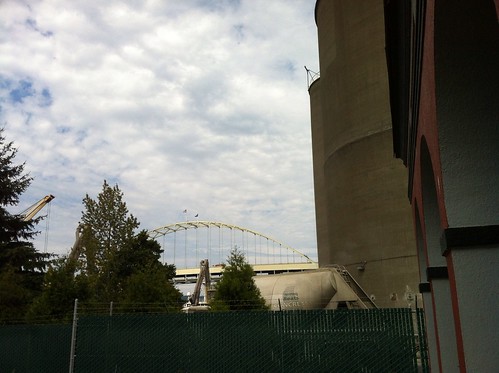urban shangri-las
Here is a news story about a rooftop mountain retreat built illegally atop an apartment building in Beijing:
bibliography
(in progress, running list. Thanks to Peter Schoonmaker, Kimberlee Chambers, David Johns, Mike Houck, Nancy Nowacek, and Kathleen Sayce for their suggestions)
BOOKS:
Montgomery, David R. Dirt: the erosion of civilizations. Univ of California Press, 2012.
Lewis, Wayne, and Jeff Lowenfels. Teaming with Microbes: The Organic Gardener’s Guide to the Soil Food Web. Timber Press, 2010.
Solomon, Steve, and Erica Reinheimer. The Intelligent Gardener: Growing Nutrient Dense Food. New Society Publishers, 2012.
Williams, Terry Tempest. Refuge: An unnatural history of family and place. Random House Digital, Inc., 1991. *
Pyle, Robert Michael. Wintergreen: Rambles in a Ravaged Land. Sasquatch Books, 1986. *
Egan, Timothy. The Good Rain: Across Time & Terrain in the Pacific Northwest. Random House Digital, Inc., 1991. *
Kesey, Ken. Sometimes a great notion. Penguin. com, 2006.
Jonathan Raymond, The Half-Life. Bloomsbury Publishing USA. 2008
Stegner, Wallace. Beyond the hundredth meridian: John Wesley Powell and the second opening of the West. Penguin. com, 1992.
Daily, Gretchen C., ed. Nature’s services: societal dependence on natural ecosystems. Island Press, 1997.
Marris, Emma. Rambunctious garden: saving nature in a post-wild world. Bloomsbury Publishing USA, 2011.
Lichatowich, Jim, and James A. Lichatowich. Salmon without rivers: a history of the Pacific salmon crisis. Island Press, 2001.
Florida, Richard. Cities and the creative class. Routledge, 2004.
Heise, Ursula K. Sense of place and sense of planet: The environmental imagination of the global. Oxford University Press, 2008.
Costa, Rebecca. The Watchman’s Rattle: Thinking Our Way Out of Extinction. Vanguard, 2010.
Lakoff, George, and Mark Johnson. Metaphors we live by. University of Chicago press, 2008.
Lerner, Rebecca. Dandelion Hunter: Foraging the Urban Wilderness. Globe Pequot, 2013.
Morton, Timothy. The ecological thought. Harvard University Press, 2010.
PUBLISHED PAPERS AND ARTICLES:
Garibaldi, Ann, and Nancy Turner. “Cultural keystone species: implications for ecological conservation and restoration.” Ecology and Society 9.3 (2004): 1. *
Nuñez, Martin A., and Daniel Simberloff. “Invasive species and the cultural keystone species concept.” Ecology and Society 10.1 (2005): r4. *
Bowen-Jones, Evan, and Abigail Entwistle. “Identifying appropriate flagship species: the importance of culture and local contexts.” Oryx 36.2 (2002): 189-195. *
Ragan M. Callaway and Wendy M. Ridenour 2004. “Novel weapons: invasive success and the evolution of increased competitive ability.” Frontiers in Ecology and the Environment 2: 436–443 *
Canfield, M, ed. “Introduction.” Field Notes on Science and Nature, 1-18. Cambridge, MA: Harvard University Press, 2011 *
Berg, Peter, and Raymond F. Dasmann. “Reinhabiting California.”Environmentalism: Critical Concepts 2 (2003): 231-236. *
Lowry, J. L. “In my town.” Orion: Nature/Culture/Place, Winter (1998): 33-44 *
Ceurstemont, Sandrine. “Inevitable insectivores? Not so fast.” New Scientist219.2924 (2013): 34-37.
van Leeuwen, Cornelis, et al. “Influence of climate, soil, and cultivar on terroir.” American Journal of Enology and Viticulture 55.3 (2004): 207-217. *
Doyle, Brian, “The Creature Beyond the Mountains.” Orion September/October(2011). *
Soulé, Michael E., et al. “Ecological effectiveness: conservation goals for interactive species.” Conservation Biology 17.5 (2003): 1238-1250. *
Johns, David. “The War on Nature—Turning the Tide?.” Ignoring Nature No More: The Case for Compassionate Conservation (2013): 237.*
Johns, David. “With Friends Like These Wilderness and Biodiversity Do Not Need Enemies.” Keeping the Wild: Against the Domestication of Earth (forthcoming)
Trewavas, Anthony. “Aspects of plant intelligence.” Annals of Botany 92.1 (2003): 1-20.
Regional Conservation Strategy: http://theintertwine.org/RegionalConservationStrategy *
Biodiversity Guide For The Greater Portland-Vancouver Region:http://theintertwine.org/BiodiversityGuide *
Houck, M. and J. Labbe. 2007. Ecological Landscapes: connecting neighborhood to city and city to region. Metropolitan Briefing Book, pgs. 37-48. http://www.pdx.edu/ims/2007-briefing-book *
Paul Kingsnorth. “Dark Ecology.” Orion January/February (2013) *
Wendell Berry. “Manifesto: The Mad Farmer Liberation Front” The Country of Marriage (1973) *
productive meandering
Here’s a mishmash of maybes, that got me really excited last week.
Meeting filmmaker Matt McCormick:
Seeing his awesome studio on River St between the cement and grain silos, just S of the Fremont St Bridge. With a hole in the parking lot chain link you have sneaky in/out access to the Willamette River, and possibly a site for conversations and some local tea:
Reading Garibaldi, A. and N. Turner. 2004. Cultural keystone species: implications for ecological conservation and restoration, and musing about what and who constitute culturally and ecologically significant (albeit geotemporally brief) keystone species (cows and concrete and corn, to name a few provocateurs):
Ecologists have long recognized that some species, by virtue of the key roles they play in the overall structure and functioning of an ecosystem, are essential to its integrity; these are known as keystone species. Similarly, in human cultures everywhere, there are plants and animals that form the contextual underpinnings of a culture, as reflected in their fundamental roles in diet, as materials, or in medicine. In addition, these species often feature prominently in the language, ceremonies, and narratives of native peoples and can be considered cultural icons. Without these “cultural keystone species,” the societies they support would be completely different. An obvious example is western red-cedar (Thuja plicata) for Northwest Coast cultures of North America. Often prominent elements of local ecosystems, cultural keystone species may be used and harvested in large quantities and intensively managed for quality and productivity. Given that biological conservation and ecological restoration embody human cultures as crucial components, one approach that may improve success in overall conservation or restoration efforts is to recognize and focus on cultural keystone species. In this paper, we explore the concept of cultural keystone species, describe similarities to and differences from ecological keystone species, present examples from First Nations cultures of British Columbia, and discuss the application of this concept in ecological restoration and conservation initiatives.
– Ecology and Society
Finding a motherlode of Willamette River Superfund info, which I’m aggregating here:
Connecting with Sara Huston, who, with her partner John, designs under the name The Last Attempt at Greatness. We are going to talk about some structures we might make, to serve really local things (like Willamette chai or English ivy).
delicious streets
Very little, I’m slightly embarrassed to confess, makes a place more vibrant than knowing how much of it is edible.
Since I went on Becky Lerner’s First Ways foraging tour near Alberta Street last week, neighborhoods and lawns have come alive. One of the many things I appreciated about Becky is her blindness to speciesism: she’s interested in eating, healing, and smoking the neighborhood, not deeming what’s native or foreign.
Read her blog, if not her book.

We did a 2 hour foraging tour, focused on what might constitute a psychotropic smoke mixture (noting illegal), but also nibbled and snipped (only street side, following the laws of usufruct*) our way through a mere 2 block radius, which included


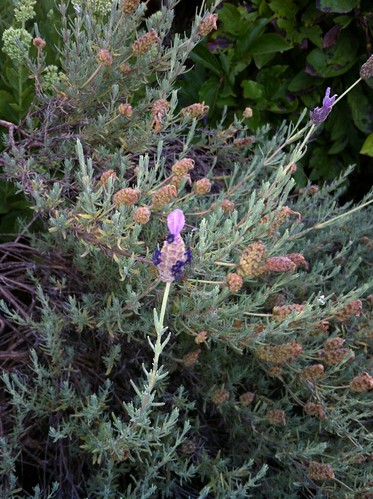
Hen and chicks, whose leaves are edible



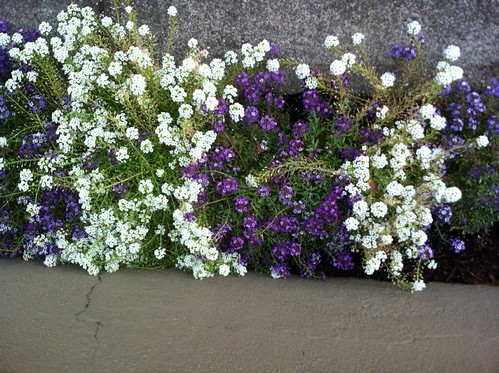

and American poppy, to make a sedative tincture.
* * * * * * *
*The ancient legal principle of usufruct broadly dictates that private property can be used for the public good so long as it’s not damaged in the process. This is of note to the urban forager, as it suggests that fruit and other plant foods grown on private land can be harvested by passersby. A stricter and far less hazardous foodie interpretation of usufruct means that ripe citrus tree, whose trunk meets the soil inside your neighbor’s yard but whose laden branches overhang the sidewalk, can be shorn of a few bits of fruit so long as you don’t harm the tree or any other property in so doing, or abuse the privilege; that is, take only as much as you can consume.
– LA Weekly, shout out to Fallen Fruit
Superfund > < supernova?

A Superfund site is an abandoned hazardous waste site that poses enough risk to human and environmental health that the Environmental Protection Agency has stepped in to lead a clean-up effort. It’s also the name of an actual fund that no longer has any money in it*
– http://www.epa.gov/superfund/about.htm

This Chandra X-ray photograph shows Cassiopeia A (Cas A, for short), the youngest supernova remnant in the Milky Way.
Credit: NASA/CXC/MIT/UMass Amherst/M.D.Stage et al.
A blindingly bright star bursts into view in a corner of the night sky — it wasn’t there just a few hours ago, but now it burns like a beacon. That bright star isn’t actually a star, at least not anymore. The brilliant point of light is the explosion of a star that has reached the end of its life, otherwise known as a supernova.
Supernovas can briefly outshine entire galaxies and radiate more energy than our sun will in its entire lifetime. They’re also the primary source of heavy elements in the universe.
https://en.wikipedia.org/wiki/Supernova
* the Superfund law originally paid for toxic waste cleanups through a tax on petroleum and chemical industries. The chemical and petroleum fees were intended to provide incentives to use less toxic substances. Over five years, $1.6 billion was collected, and the tax went to a trust fund for cleaning up abandoned or uncontrolled hazardous waste sites. The last full fiscal year (FY) in which the Department of the Treasury collected the tax was 1995. At the end of FY 1996 the invested trust fund balance was $6.0 billion. This fund was exhausted by the end of FY 2003; since that time funding for superfund sites for which the potentially responsible party (PRP) could not be found has been appropriated by Congress out of general revenues. –http://en.wikipedia.org/wiki/Superfund#Provisions

